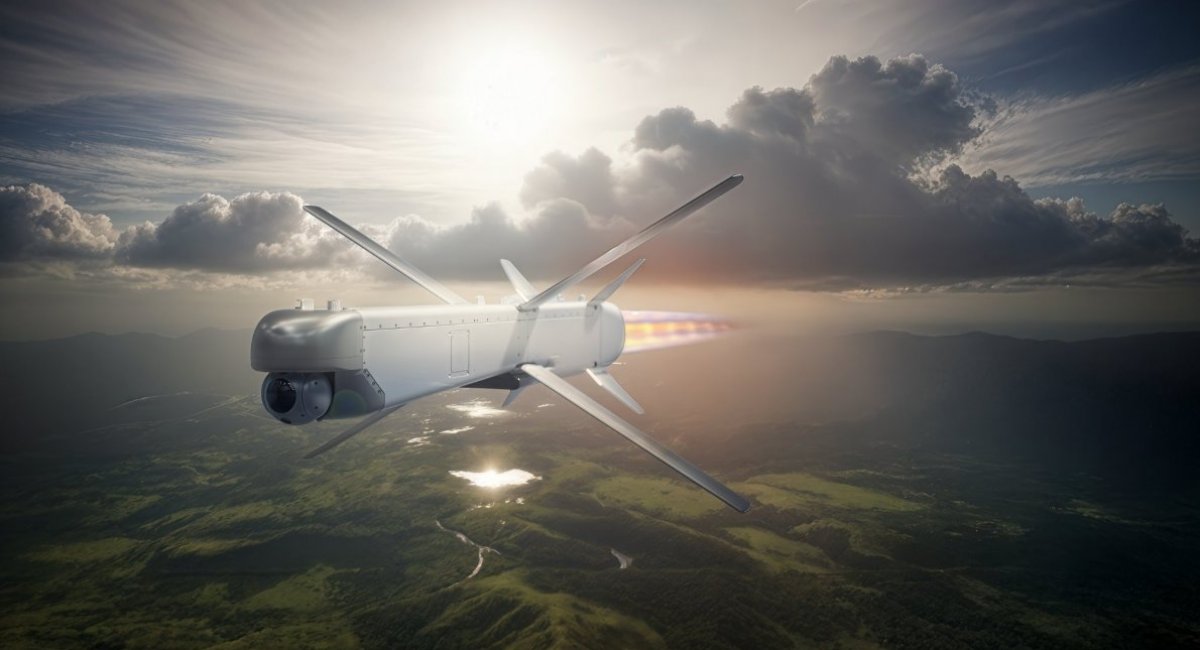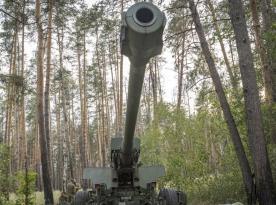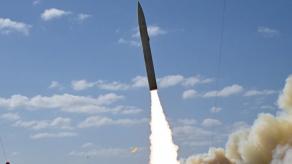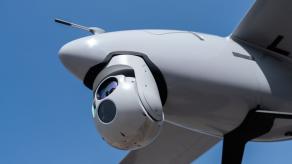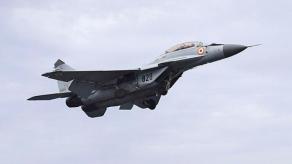Rafael has introduced a new entry in the SPIKE family: the L-SPIKE 4X system. While previous SPIKE missiles were all considered fifth-generation ATGMs, featuring NLOS strikes where the operator could view the missile's camera feed and redirect it in flight, Rafael positions the L-SPIKE 4X system as a step beyond that line, calling it a sixth-generation system. There is no precise, universally accepted definition of what sixth-generation ATGMs must include, but Rafael's pitch makes clear how the company intends to differentiate the new weapon.
Unlike earlier SPIKE variants, the L-SPIKE 4X functions more like a loitering munition than a conventional ATGM. Fitted with a turbojet engine, it can remain airborne for some 30 minutes, allowing it to patrol above a target area, search for the best moment to strike, or wait for a newly appearing target. That persistent on-station capability is exactly what previous family members could not do.
Read more: France Considers Modernizing its Mirage 2000D Fighters to Counter Long-Range Shahed Drones
The L-SPIKE 4X system therefore merges two concepts: the speed and strike characteristics of a missile with the search-and-wait behavior of a loitering munition. Because it can circle above an objective and be tasked at the right moment, it offers tactical flexibility that differs substantially from the quick, single-pass engagement model of classic solid-rocket ATGMs.
Autonomy and operator efficiency are also central to the system. The missile incorporates artificial intelligence for target recognition, and Rafael claims it allows one operator to control up to four missiles in a single mission. If a first missile fails to destroy the target, another munition already loitering nearby can be immediately directed to attack.
Performance figures highlighted by Rafael underline the hybrid nature of the design: a turbojet lets the L-SPIKE 4X system reach its 40 km maximum range in roughly five minutes, implying transit speeds on the order of several hundred kilometres per hour, a pace not achievable by loitering munitions driven by electric motors or piston engines.
Unlike most existing ATGMs that use solid propellant to accelerate and then coast, the L-SPIKE 4X missile can sustain powered flight.

The missile is reported to be resilient in contested environments, able to operate under active electronic-warfare conditions and without GPS.
For terminal effects it can be fitted with a tandem HEAT warhead or a multi-purpose warhead combining fragmentation and shaped-charge effects. Importantly for current SPIKE users, the L-SPIKE 4X system can be launched from existing SPIKE NLOS launchers on air, land or sea platforms, which should simplify and speed up adoption for operators already in the SPIKE family.
Read more: Sweden's JAS 39 Gripen Enter NATO Nuclear Drills for 1st Time, Testing High-Stakes Deterrence Skills




